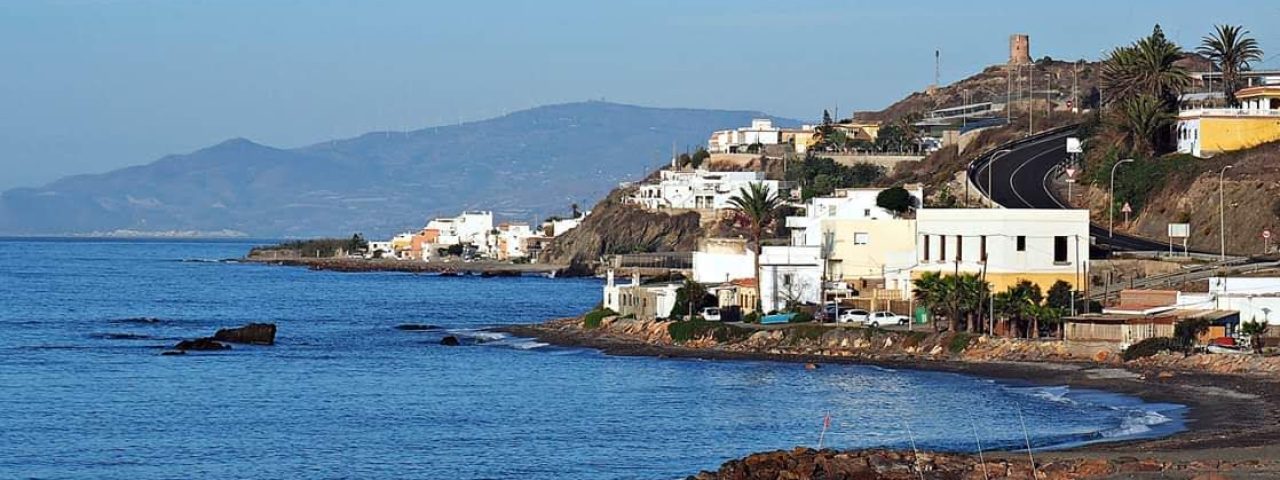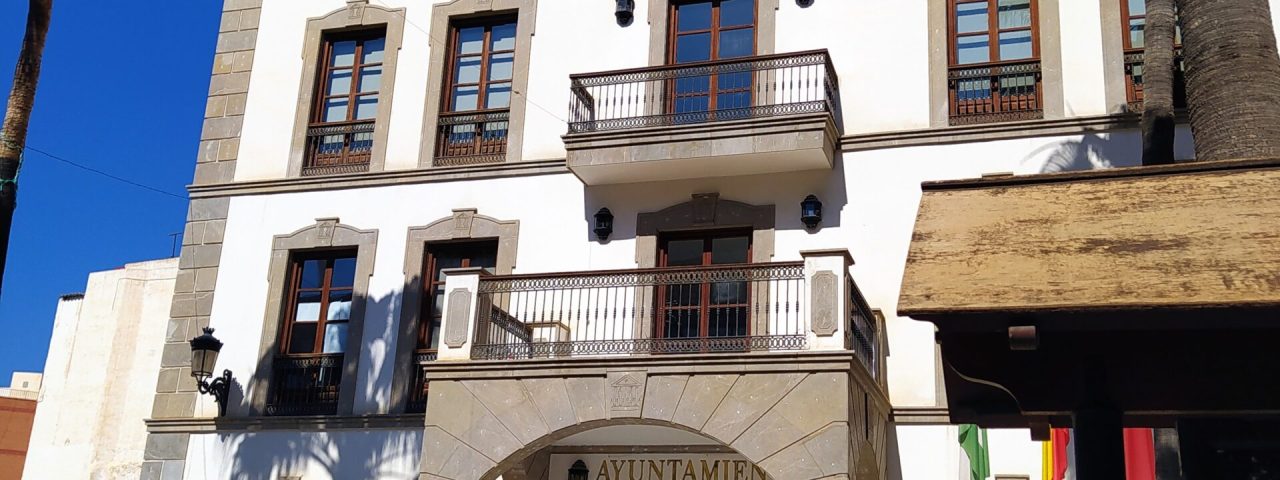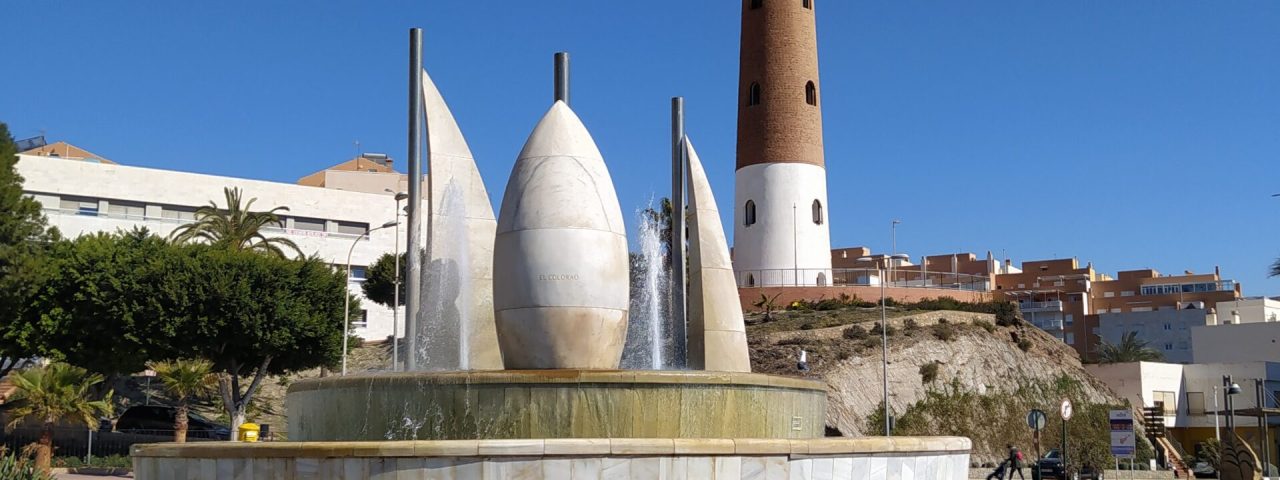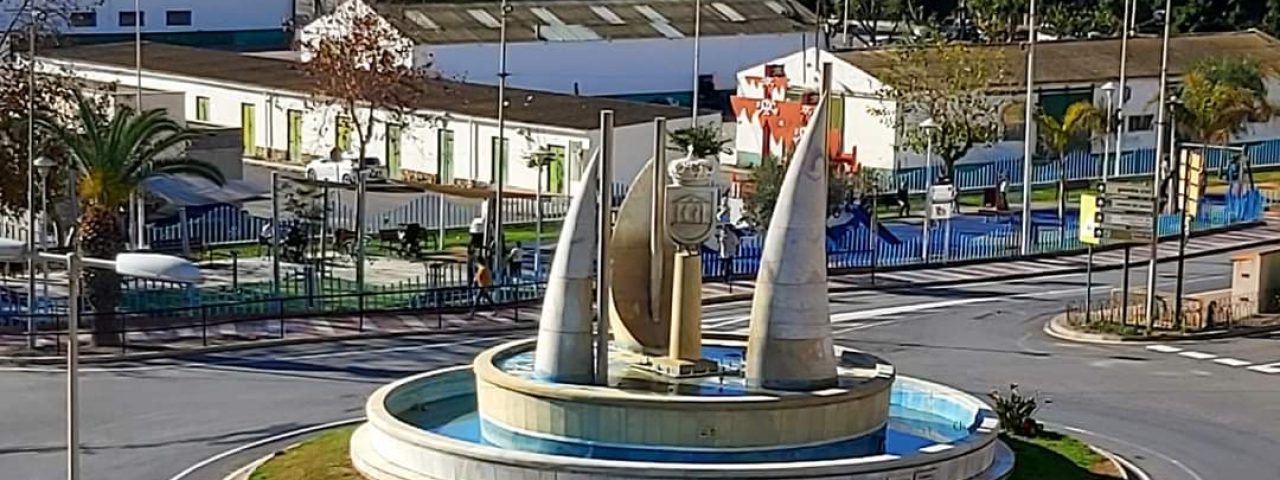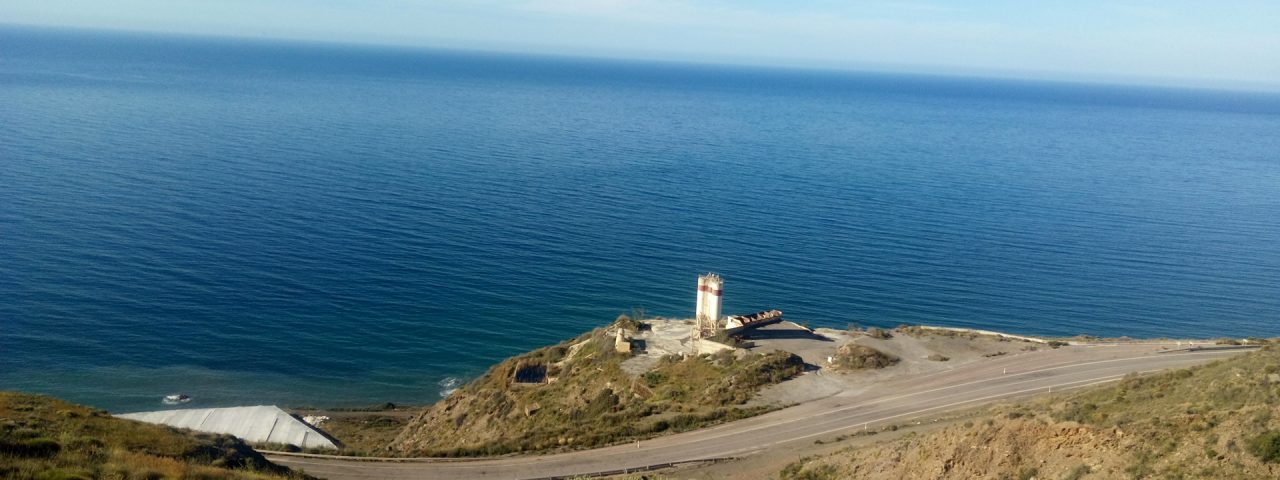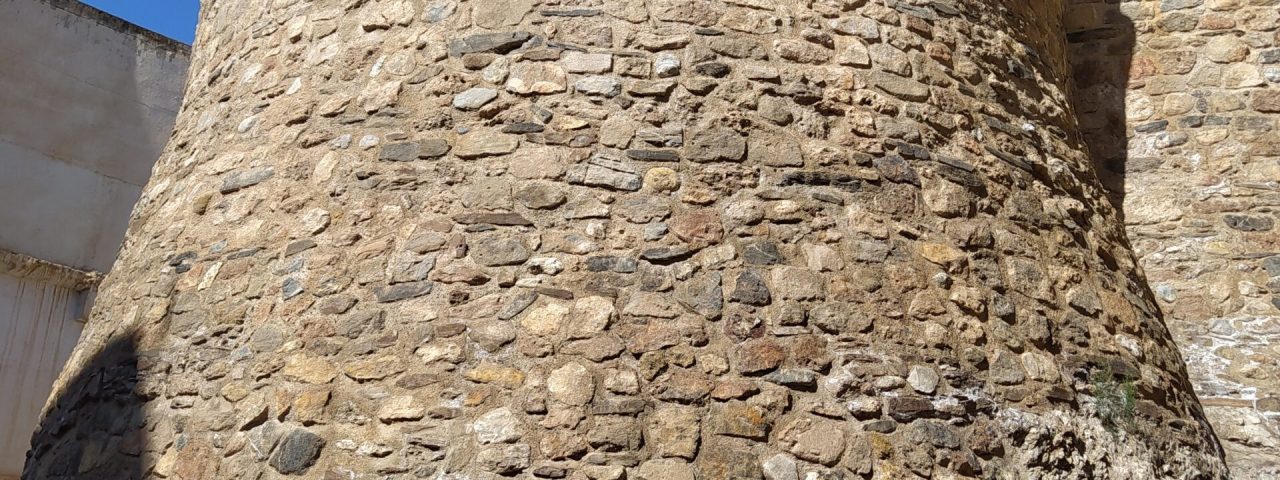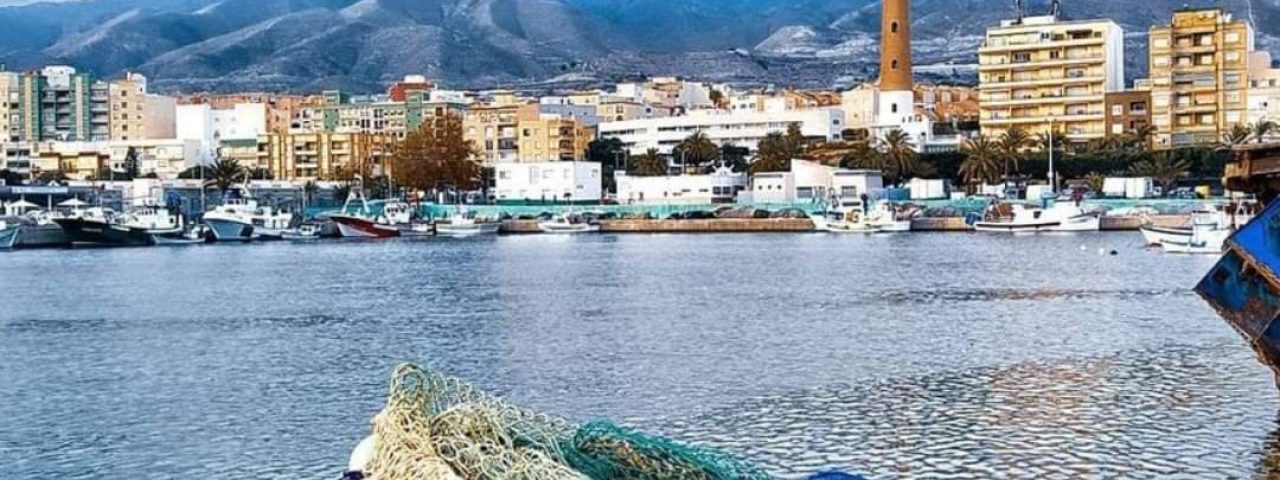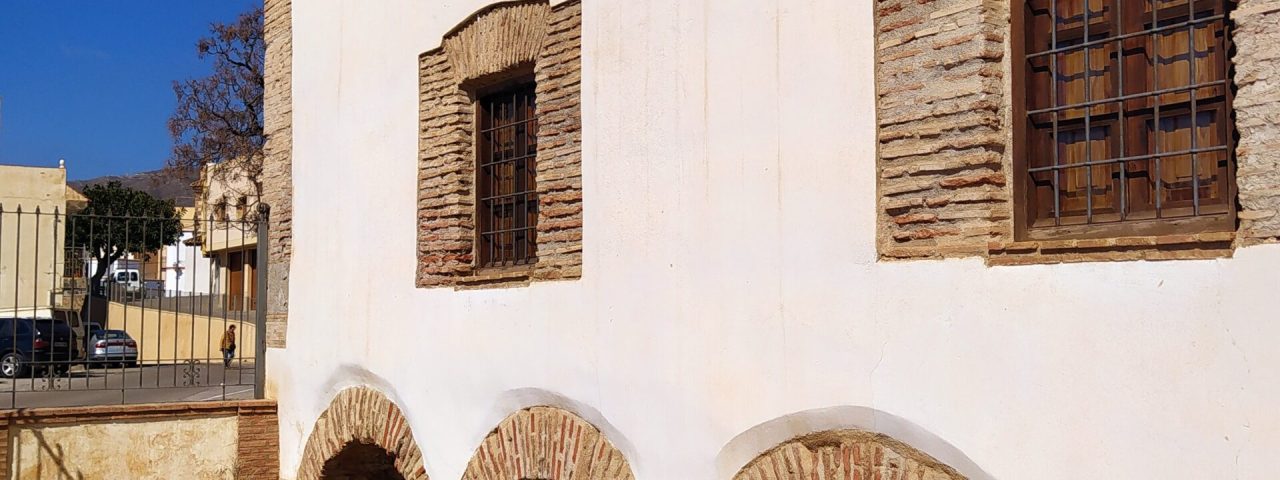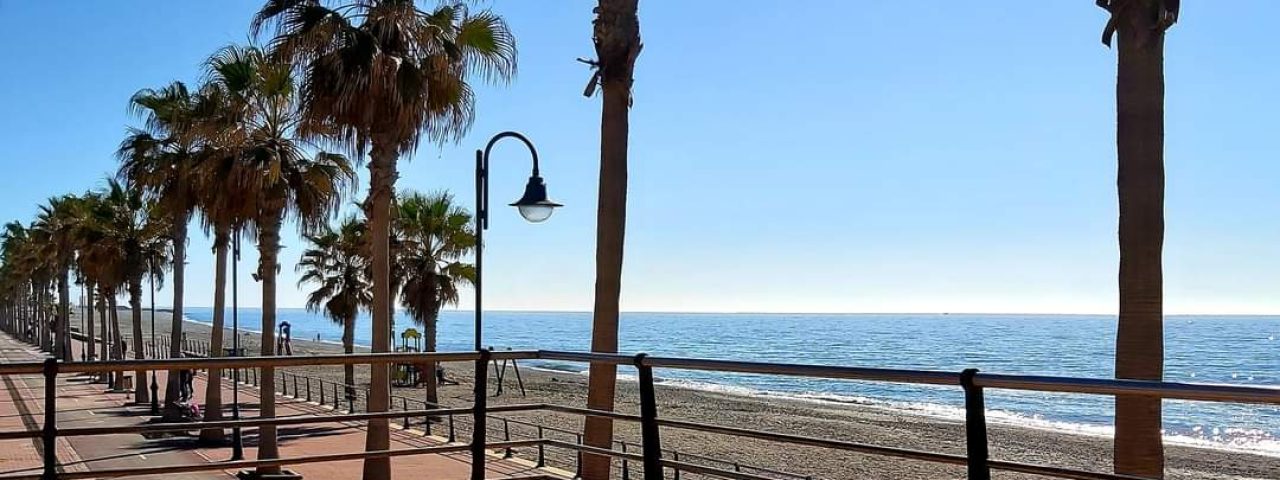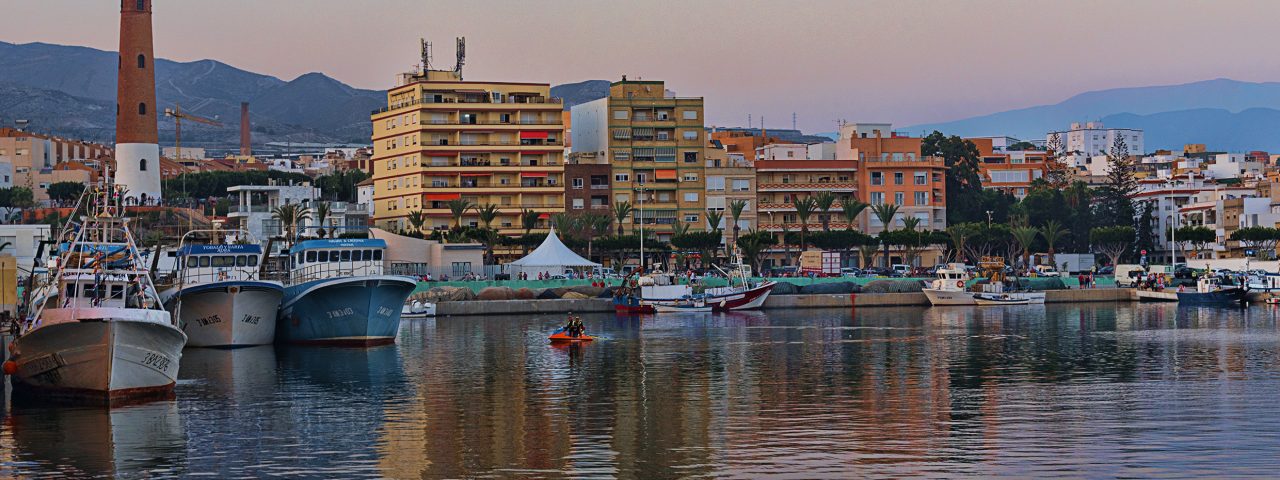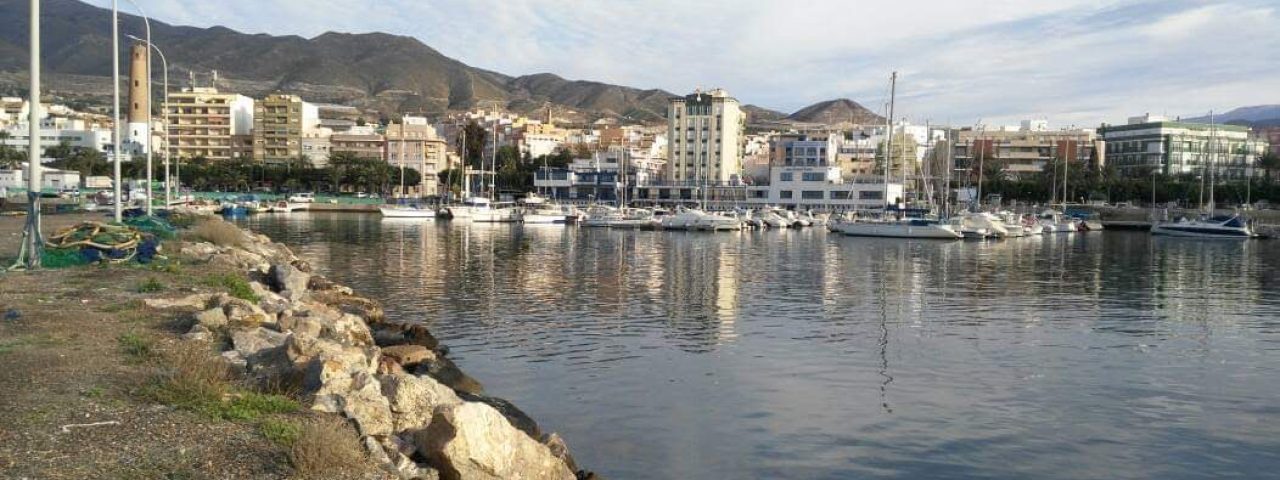Adra is one of the oldest towns in Spain, with a history that dates back to Phoenician and Roman times. The city was originally known as “Abdera” and was an important trading post for the Phoenicians due to its strategic coastal location. It later flourished under Roman rule as a hub of commerce and industry, primarily due to its thriving fishing and mining industries. The town continued to evolve under Moorish rule, which left a significant cultural and architectural imprint on the area, before being reconquered by Christian forces during the 15th century as part of the Catholic Reconquista.
Culturally, Adra is a rich tapestry of influences, with traditions shaped by its long history. The town celebrates several festivals that reflect its deep-rooted heritage. The most notable is the Feria de Adra, which takes place in early September, featuring processions, music, dance, and traditional Andalusian attire. Another highlight is the Feast of Saint Nicholas, the patron saint of Adra, celebrated in December with religious ceremonies and local festivities.
Local customs often revolve around the sea, with a strong emphasis on fishing traditions. Adra’s port has been a critical part of its identity for centuries, and visitors can witness this history in its maritime celebrations, as well as in local dishes that feature fresh seafood. Historic landmarks like the San Sebastián Castle and the Torre de los Perdigones tower are remnants of the town’s defensive architecture from the 18th and 19th centuries.
